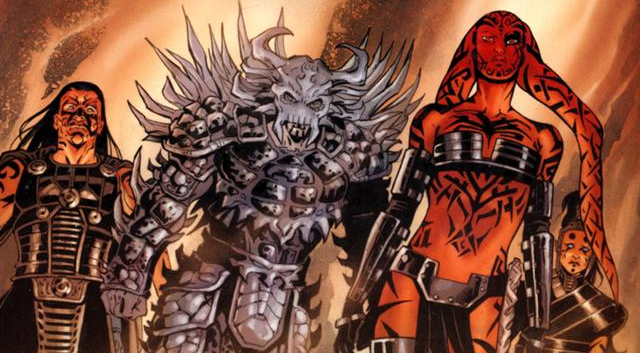
The Sith are the iconic antagonist of the Star Wars galaxy- black robes, red lightsabers, some cackling laughter and lightning- the very image of evil. We first meet them with the condition of one Master and one Apprentice, and later find out that they have a much richer history. This Rule of Two is perhaps the riskiest idea for long-term Sith survival, as their very nature would make it far too easy for just one overly ambitious and underpowered apprentice and one overconfident master to both end up dead, almost ensuring the extinction of the Sith. However, a large group of constantly infighting Sith could cause the death of many valuable Lords. Throughout Sith history, they tried several power structures, and their newest was perhaps the most sustainable and threatening. Who wouldn’t want a good villain that could sneak up on us at any time?
As we all know, the Sith began as Jedi who explored the Dark Side more deeply and were banished from Republic space for doing so. They found the Sith species in the Unknown Regions, and through a blend of alchemy and interbreeding plus years of isolation, became a powerful empire. We start to see the Sith again in the Great Hyperspace Wars, when the Sith accidentally find the Republic again and general chaos ensued. Every time we see the Sith of the Old Republic, the constant infighting and plotting amongst themselves is a common theme- sometimes to the point that we have to wonder how they get anything else done. We meet several versions of the Sith- the Hyperspace War, Revan and Malak creating a new Sith Empire, the triumvirate of Traya, Nihilus, and Sion descending into a civil war that nearly consumes the Sith as well as the Jedi, and the treaty of Coruscant that ends with a cold war between Jedi and Sith. Throughout this, the pattern is of a large group of Sith Lords, often plotting against each other to the detriment of their fellow Sith. However, the Sith still manage to survive and often win, constantly bouncing back and doing damage to the Republic and the Jedi. Read More

 Near the end of my piece on the
Near the end of my piece on the 
